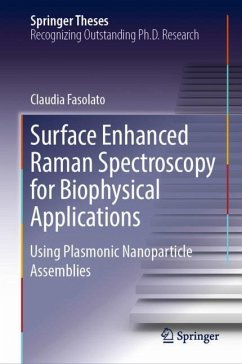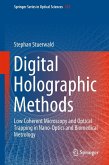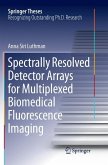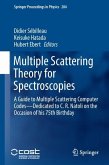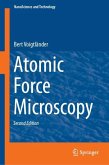The book explores the phenomenon of surface-enhanced Raman scattering (SERS), the huge amplification of Raman signal from molecules in the proximity of a metallic nanostructured surface, allowing readers to gain an in-depth understanding of the mechanisms affecting the spectroscopic response of SERS-active systems for effective applications. SERS spectroscopy is an ultrasensitive analytical technique with great potential for applications in the field of biophysics and nanomedicine. As examples, the author presents the design of nanocolloid-based SERS-active substrates for molecular sensing and of a folate-based SERS-active nanosensor capable of selectively interacting with cancer cells, enabling cancer diagnostics and therapy at the single-cell level. The author also suggests novel paths for the systematization of the SERS nanosystem design and experimental protocols to maximize sensitivity and reproducibility, which is essential when real-world biomedical applications arethegoal of the study. With a combined approach, both fundamental and applied, and a detailed analysis of the state of the art, this book provides a valuable overview both for students new to SERS spectroscopy and for experts in the field.

